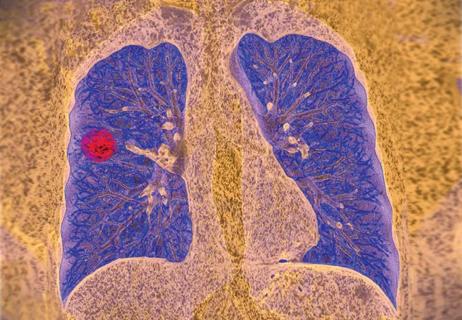Advertisement

Growing need for addressing fertility concerns

Making sense of the fast-moving treatment landscape

Resection, radiotherapy or ablation?

Combination therapy may help address underlying disease
Advertisement
Cleveland Clinic is a non-profit academic medical center. Advertising on our site helps support our mission. We do not endorse non-Cleveland Clinic products or services. Policy

Major study demonstrates importance of having a multidisciplinary approach to treatment for large, locally advanced tumors

Largest study of its kind identifies three treatment exposures that contribute to risk

Highly personalized treatment shrinks tumors resistant to immunotherapy

Best practices for reducing toxicities

Kits for use in healthcare settings can increase uptake

Highlighting treatment gaps and challenges in the management of rare condition
Advertisement
Advertisement